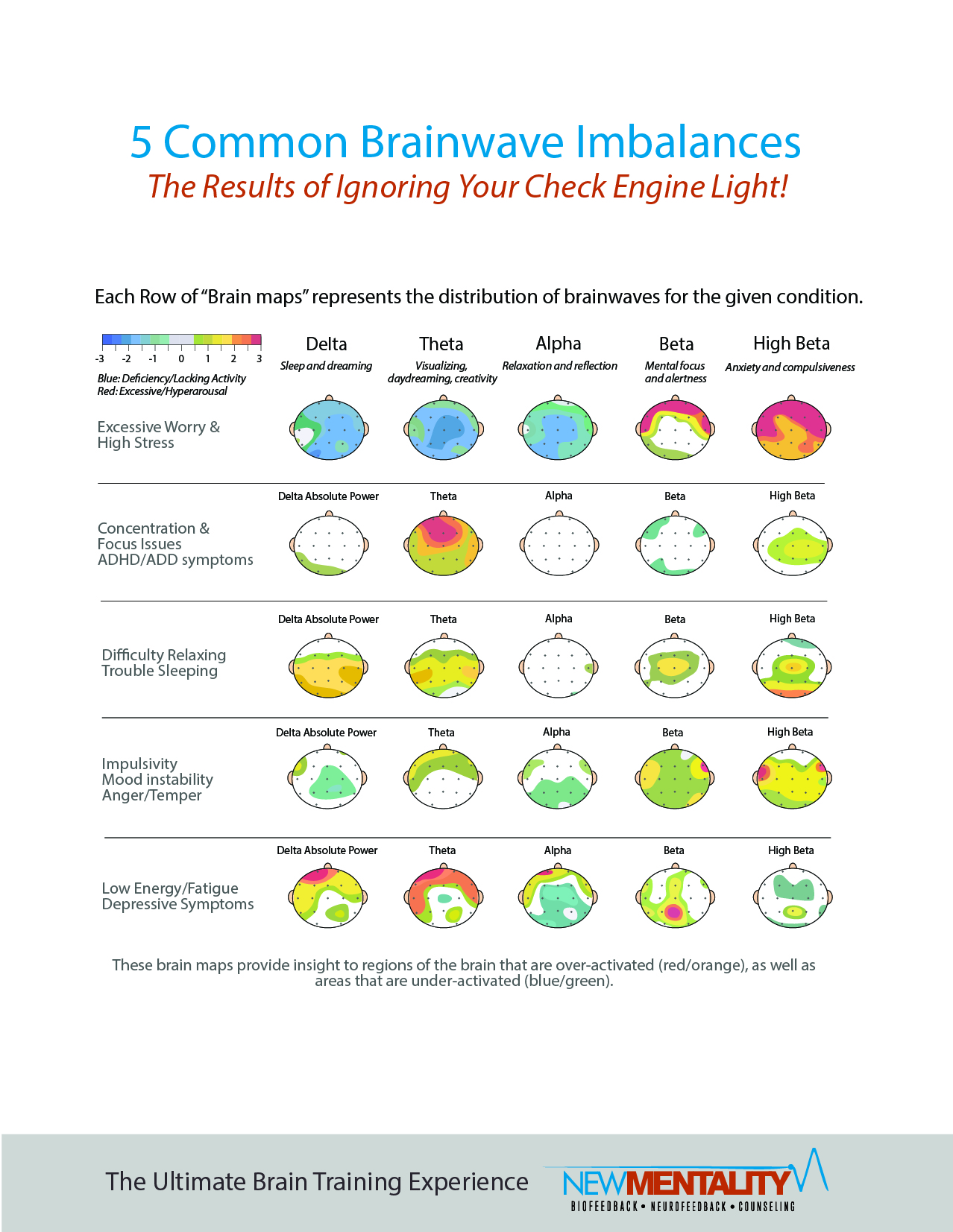
qEEG involves placing small sensors on the scalp to capture cerebral waves. These brain waves are then examined to detect trends that may indicate sleep conditions, including sleep apnea. By examining these patterns, medical professionals can gain a more precise understanding of how sleep apnea interrupts normal brain activity during slumber. This data can be essential for formulating effective treatment strategies tailored to individual patients. Comprehending the relationship between qEEG and sleep apnea can result to enhanced diagnostic methods and better results for those affected by this condition.
Research has demonstrated that people with sleep apnea often display specific changes in their brain wave patterns. For example, during episodes of apnea, the brain may show increased activity in certain regions while additional regions become more engaged. These changes can affect how well a person sleeps and how refreshed they feel upon waking. By employing qEEG to track these cerebral oscillation trends, physicians can recognize particular traits of sleep apnea in clients, which can help in formulating a more precise identification. This is especially important because sleep apnea can sometimes be mistaken for other sleep disorders, leading to misguided treatments.
In addition to enhancing identification, qEEG can also serve a part in assessing the efficacy of therapies for sleep apnea. For example, after a client starts using a constant beneficial airway force (CPAP) device, which helps maintain the passage clear during slumber, qEEG can be utilized to evaluate alterations in cerebral function. If the brain shows improved patterns of sleep after starting treatment, it may check indicate that the therapy is working well. This response can assist physicians formulate necessary adjustments to treatment plans, ensuring that patients obtain the optimal care feasible.
In summary, the relationship between qEEG and sleep apnea patterns is an exciting area of research that offers potential for improving identification and therapy. By comprehending how sleep apnea impacts brain activity, medical professionals can formulate more efficient strategies to assist clients attain better sleep and improve their overall well-being. As studies progresses to advance, it is probable that qEEG will turn into an essential instrument in the battle against sleep apnea, resulting to better outcomes for those who suffer from this difficult disorder.